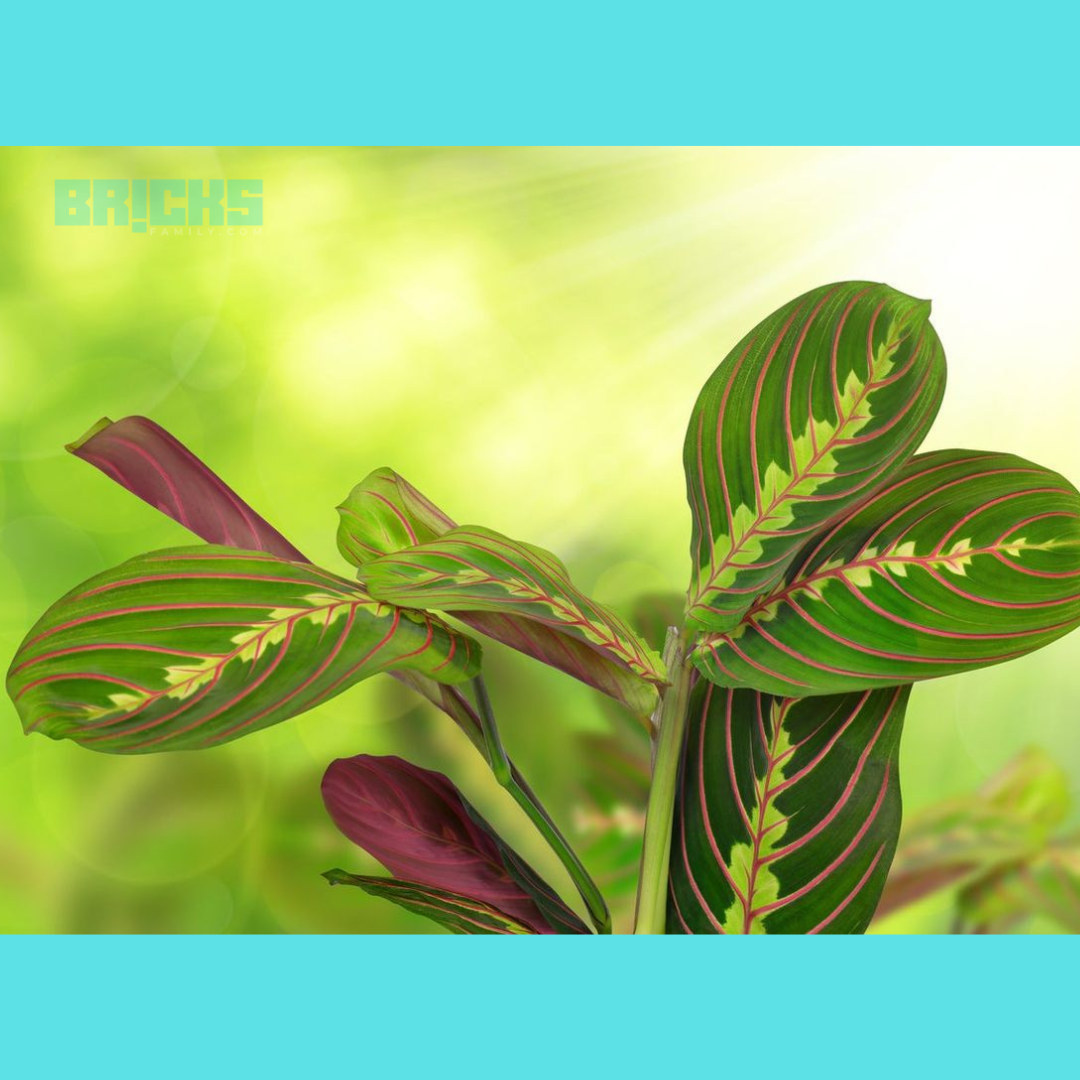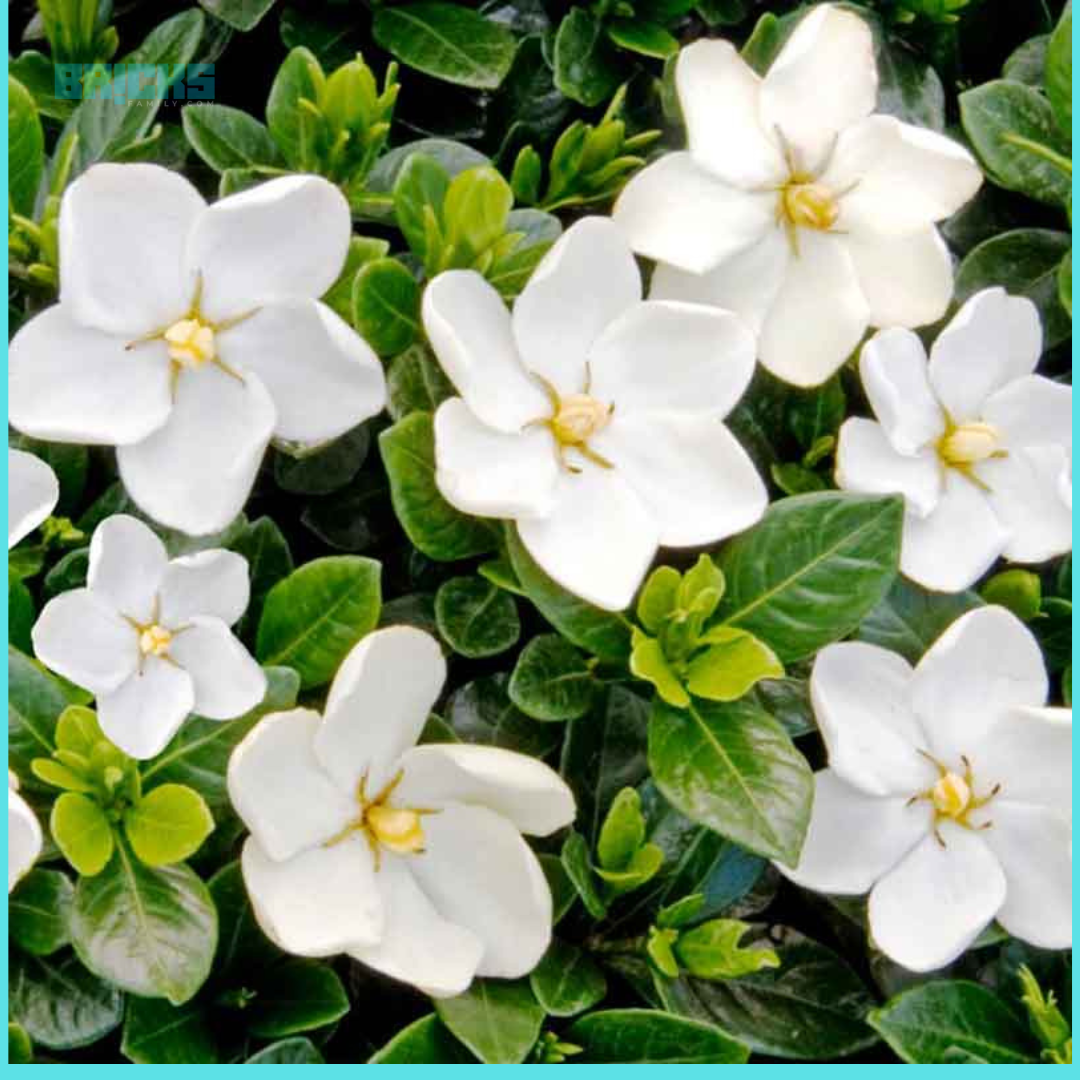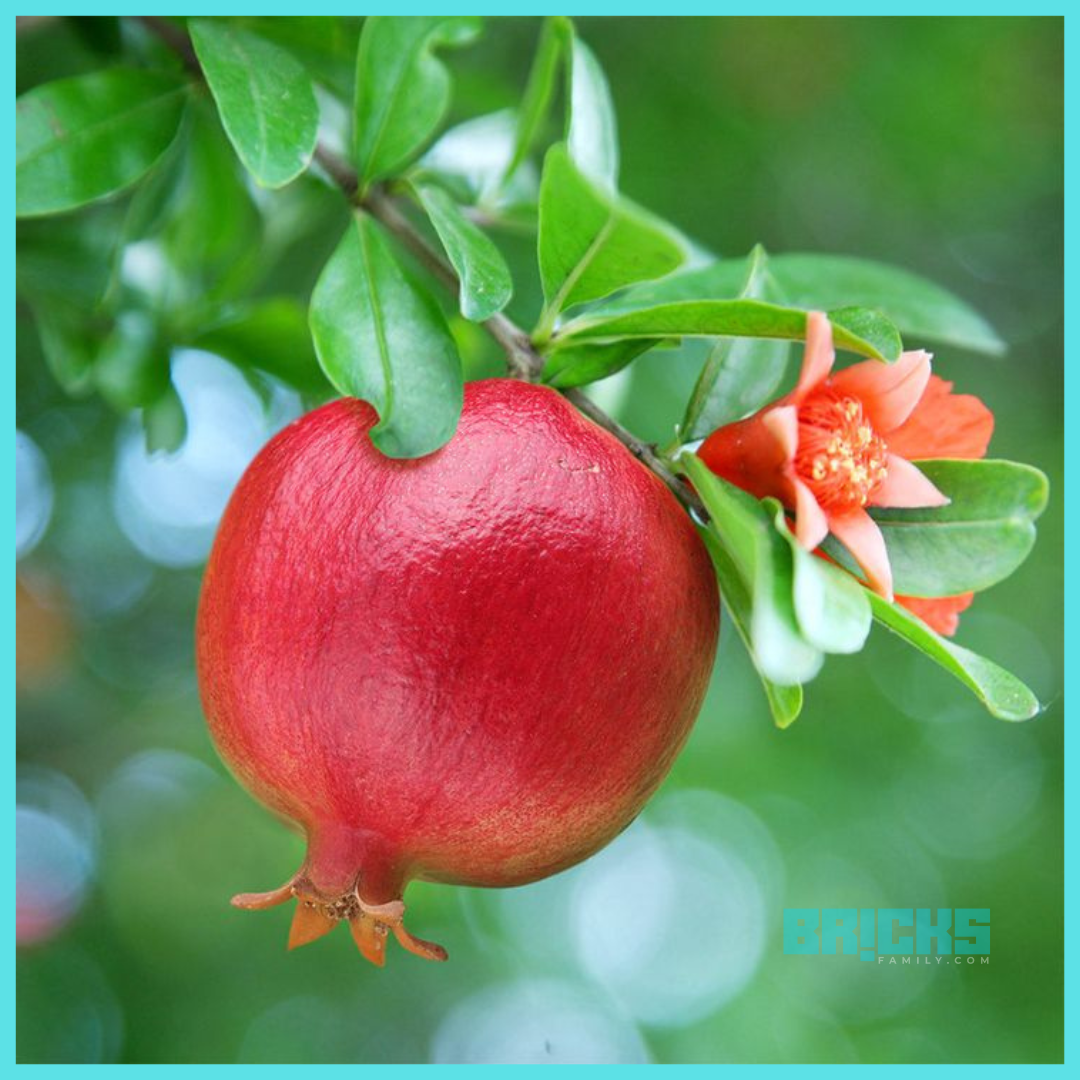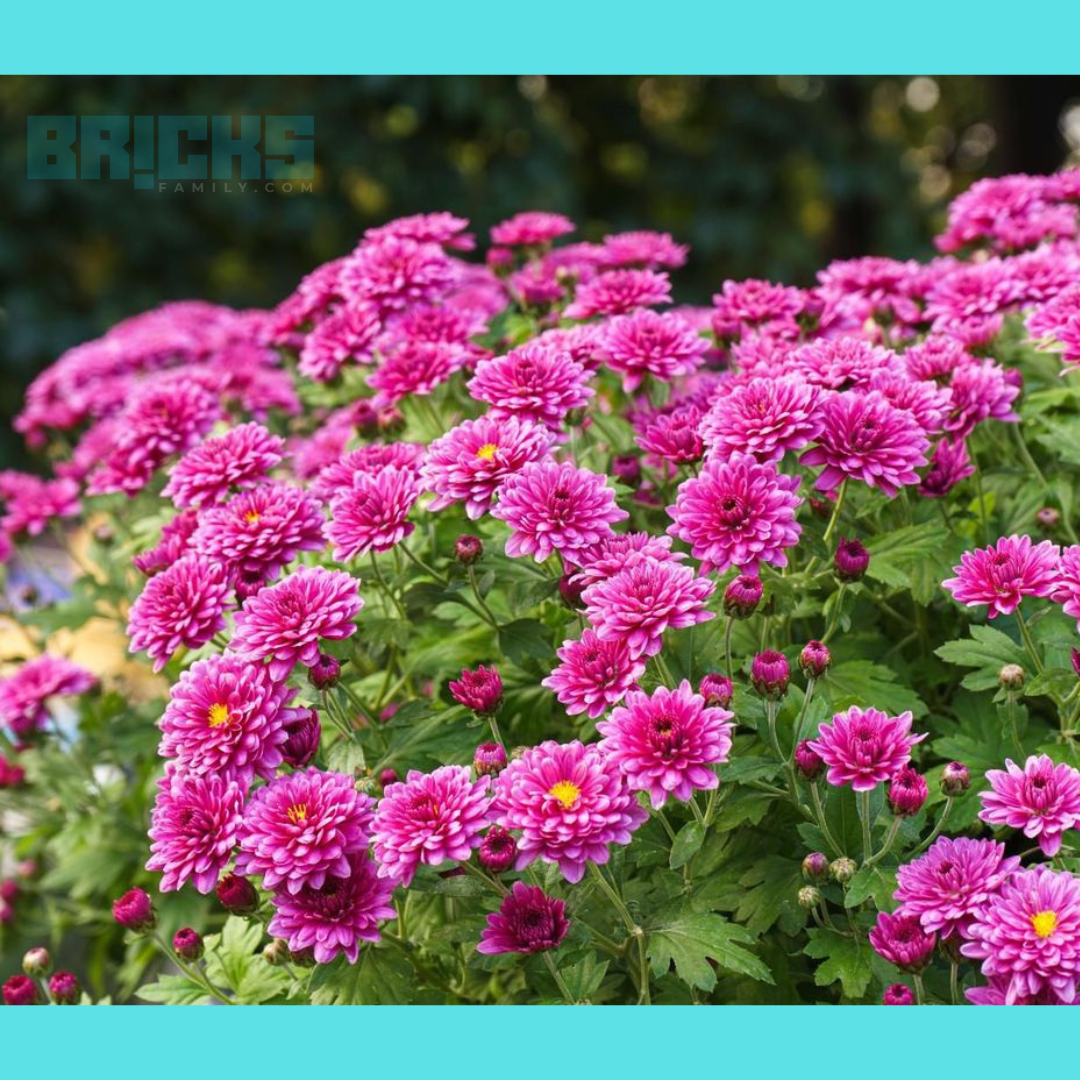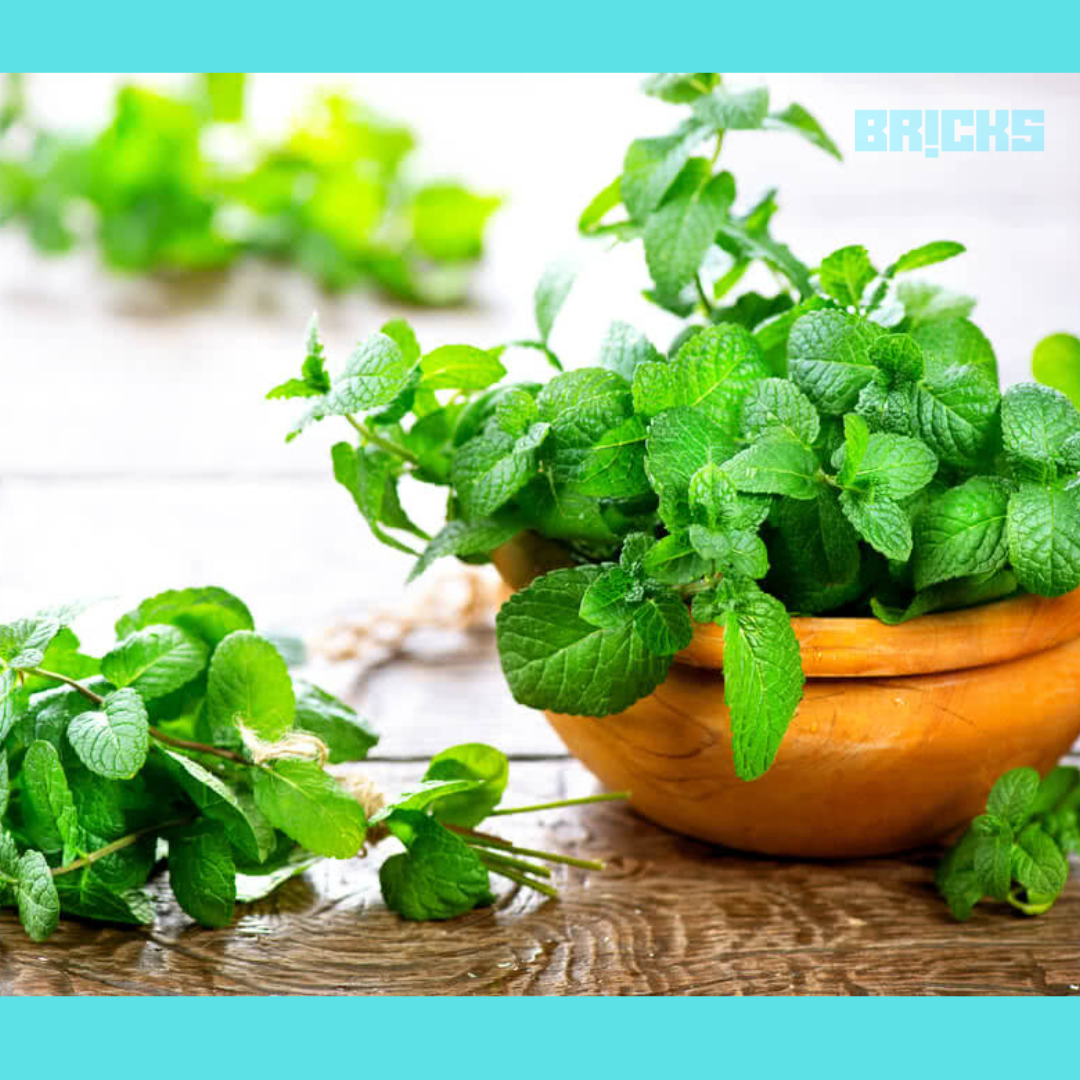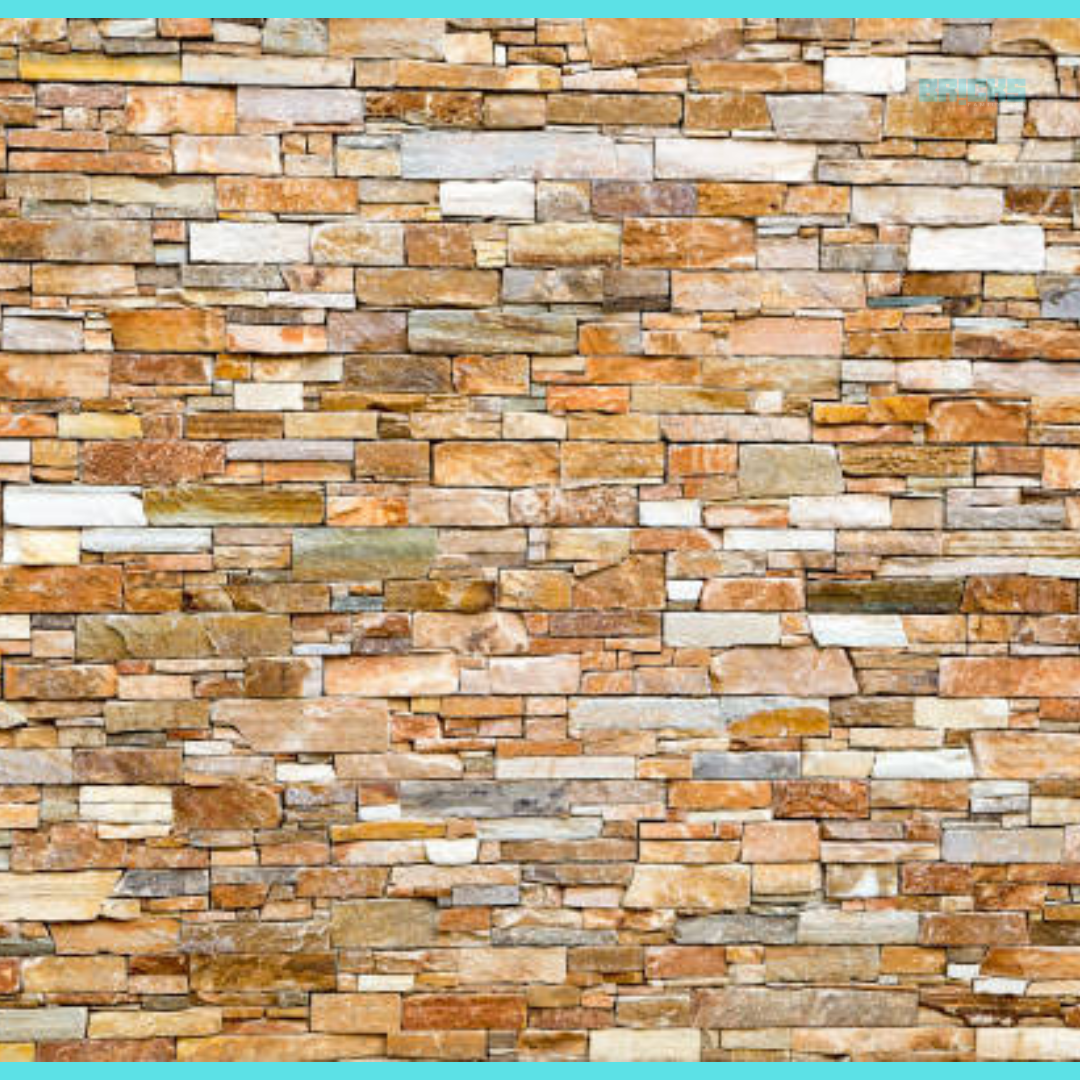Mint leaves are easy to cultivate and care for, and they lend a wonderful aroma to any meal or cuisine. We discuss growing mint plants, their purposes, benefits, and various types and names. This blog is about Mint Plant – Benefits, Uses, How to Grow, & More.
The unique flavour and scent of the mint plant are well-known. It is one of the few herbs that grows well in window boxes, hanging baskets, kitchen gardens, pots, and other containers. All it needs is moderate water, evenly moist soil, and reasonable sunlight.
These plants, which are classified as perennial herbs, smell nice. The leaves exhibit a range of colours, from deep green to light green and occasionally pale yellow. These plants have square-shaped, frequently purple or brownish stems. The hues of their blossoms vary from purple to white.
Mint plants have been utilized in traditional medicine and are a key component of Ayurvedic therapy. It is commonly known that mint leaves can treat intestinal and stomach issues. Mint, however, has also been used to treat acne and is well known for having anti-allergenic qualities. In addition, menthol, which comes from mint, is a component of many perfumes and cosmetics. Another benefit is that mint oil functions as a safe insecticide, removing pesky pests like cockroaches and ants while having the least negative effects on the environment.
In Hindi, menthol from mint leaves is incorporated into a mint plant.
The herb mint is called “Pudina” in Hindi. It has a significant historical bearing on Indian cuisine and conventional medicine. Pudina is well known for its cooling qualities, which have led to its use as a key ingredient in various delectable foods, chutneys, and drinks.
Scientific Name of Mint Plant
Mentha is the mint plant’s scientific name. Mentha is a member of the European native Lamiaceae family. Mentha spicata, the scientific name for spearmint, and Mentha piperita, the scientific name for peppermint, are the two most widely grown varieties of mint plants.
Benefits of Mint Plant
The benefits of consuming and using Mint leaves are plenty, a few are listed below:
Aids in Digestion: For many people, mint is the go-to remedy for soothing an upset stomach. Treating common digestive issues like gas, bloating, and constipation is greatly aided by menthol qualities.
Benefits for Dental Care: Chewing mint leaves or consuming mint juice stimulates salivation and balances acidity in the mouth. It protects teeth from caries and keeps them clean—the antimicrobial qualities aid in treating gum disease, dry mouth, and foul breath.
Aids in Respiratory Relief: The natural decongestant properties of mint’s menthol concentration make it effective in relieving cold, allergy, and respiratory congestion symptoms.
Aids in Reducing Stress: Aromatherapy is frequently used to help relax the body and mind since it has a pleasant, natural scent. It has long been used to relieve tension and promote total relaxation and mood.
Aids in Skin Care: Mint is well known for its ability to combat bacterial infections and inflammation, which makes it a great option for treating acne, irritations, and itching.
Mint Plant Uses
Mint leaves and plants, from ancient ages, have been used in different applications such as
Cooking: Fresh and dried leaves can serve various purposes in culinary arts. They are added to multiple sweets and lend a subtle flavour to dips, summer coolers, and vegetable salads. One of the key components in many well-known recipes, including mint chutney, mojitos, and mint tea, is mint.
Medicinal: Mint is used in herbal medicine to treat various illnesses. Its healing properties allow it to be drunk as a tea, extracted into oils and administered topically as lotions and balms.
Aromatherapy: Applying mint essential oils promotes relaxation and sharpens the mind. It can be diluted and used as an inhaler, diffuser, or diffuser.
Gardening: Mint plants are a great vegetable or herb garden addition. They grow easily, require little water and sunlight, require little upkeep, and do well in any soil.
Types of Mint Plants
There are different types of mint plants, here are six varieties of the plant and their details.
Spearmint (Mentha spicata)
Light: Full sun to partial shade
Soil: Adequately drained and moisture-rich.
Moisture: Needs constant moisture.
Mature size: Attains a height of up to 2 feet and spreads aggressively.
Usage: It can be used in teas, cocktails, salads, and savoury dishes.

Peppermint (Mentha × piperita)
Light: Grows well in partial shade
Soil: Preferably, humus-rich soil, moderately moist.
Moisture: Needs to be maintained regularly so that the soil does not dry out and become powdery.
Mature size: Can easily bloom up to 2 feet
Usage: Candies, Chewing gums, desserts, herbal teas, and medicines.

Chocolate Mint (Mentha × piperita ‘Chocolate’)
Light: Partial shade or under direct sunlight. They can tolerate light levels as low as four hours a day.
Soil: Organically rich and well-drained
Moisture: Regular watering for balanced soil moisture level.
Mature size: Maximum up to two feet
Usage: Mainly in pastries, sweets and beverages because of its delicious chocolate essence.

Pineapple mint (Mentha suaveolens ‘Variegata’)
Light: Prefers partial shade.
Soil: Well-drained, moist and fertile soil.
Moisture: Daily watering for maintaining evenly moist soil.
Mature size: About 12 inches .
Usage: Adds slightly citrus flavour to desserts, salads, and beverages

Apple Mint (Mentha suaveolens)
Light: Partial shade to full sun.
Soil: Moist and fertile soil.
Moisture: Daily watering in hot climate, and 3 to 4 days in moderate temperatures
Mature size: Grows up to 2 feet.
Usage: Herbal teas, fruit salads, desserts, and garnishes.

Pennyroyal (Mentha pulegium)
Light: Full sun to partial shade.
Soil: Moist and well-drained soil.
Moisture: Evenly moist soil suits the best
Mature size: Up to 1 feet tall.
Usage: Historically used in herbal medicine and as an insect repellent.

How to Grow Mint Plants
Soil: Mint grows best in full sun or partial shade and is most successful in rich, moist, slightly acidic soils. If compost is added, mint can grow in most of Utah’s soils.
Soil Preparation: To ascertain the quality and fertility of the soil, a soil test must be carried out before planting any seeds, including mint. This analysis will provide a clear picture of the need for fertilizer. Dig fertilizer into the top six inches of soil if you apply it. Use no more than 1 inch of well-composted organic matter per 100 square feet of garden space when fertilizing with compost.
Propagating Mint Plant: using seeds or transplants. Mints easily hybridize across kinds. Thus, plants cultivated from seeds often do not grow true to type. Take cuttings from well-known plants, split an existing plant, or buy established plants from reliable sources to obtain certain cultivars or variations. In the spring, before the plant starts to grow, or in the early fall, divide and transfer existing plants.
Sowing: Plant seeds 1/4 inch deep, and remember to give your seedlings a trim or cut as they grow.
Spacing: After the plant has slightly developed, remove it by pulling out its roots if you want to replant it anywhere. If you plant them in a garden bed, space them apart by two feet. This will support improved growth.
Water: You should give your plants one to two inches weekly during the growing or blooming season. The water required depends on the soil’s condition, temperature, and exposure. Take care not to overwater the plants, as this could cause them to die.
Fertilization: Mint needs little work; a single application in the early spring combined with a good fertilizer is sufficient. Give each plant a teaspoon of 16-16-16 fertilizer when growth picks back up in the spring. Rust is encouraged, and mint oil production is decreased through overwatering and fertilizing.
Summary on Mint Plants
Mint is a very valuable plant to grow for medicinal or general home usage, as well as for olfactory enjoyment and possible health advantages. These plants are accessible to all gardeners, even novices, due to their quick growth and low maintenance requirements. Thus, if you’re considering adding mint plants to your backyard garden, take the above actions and begin harvesting.
Also Read: PM Surya Ghar Muft Bijli Yojana: Solar Panel Scheme for Homes In India
Similar Topics: AAC Blocks: Properties, Price, Advantages and More

